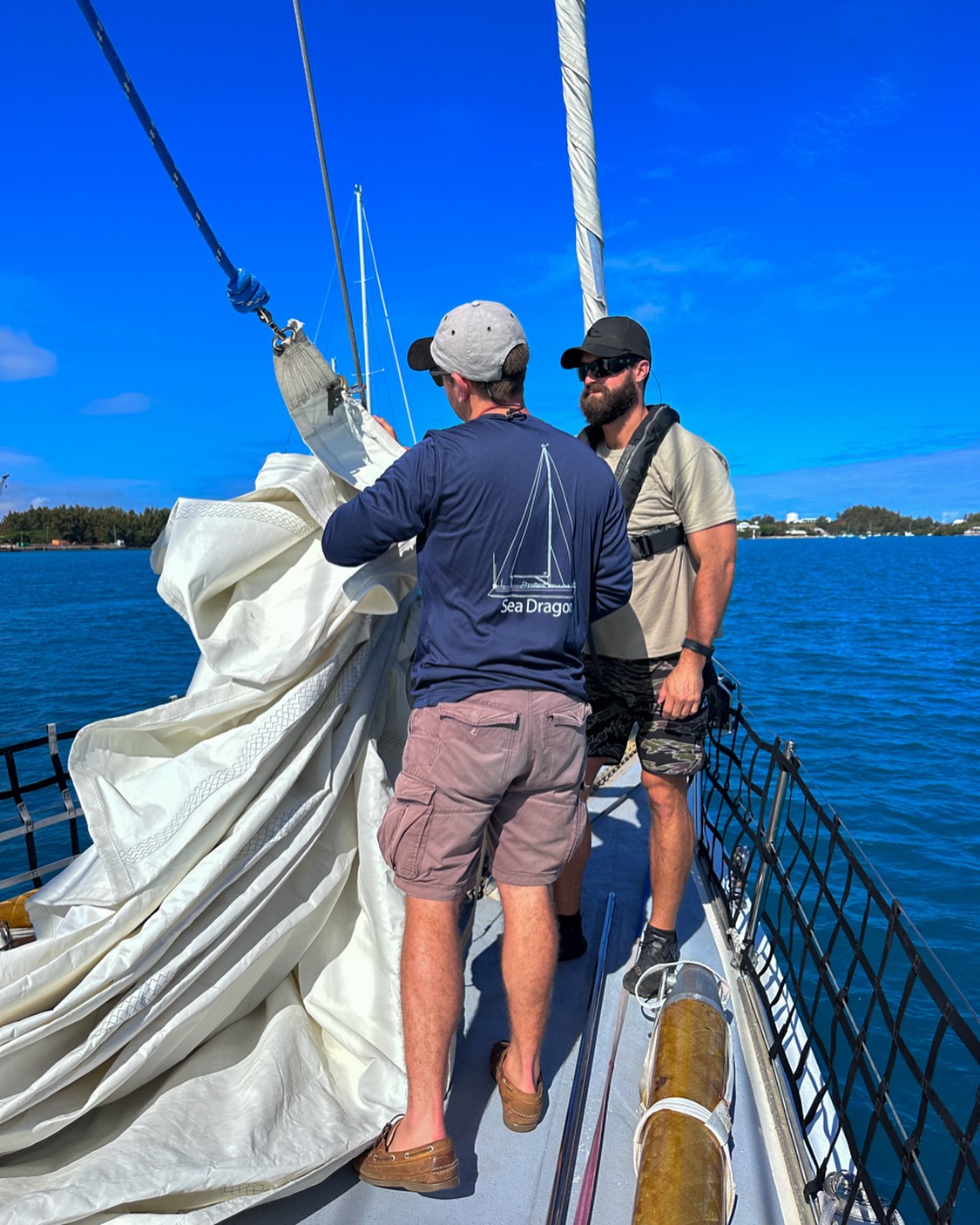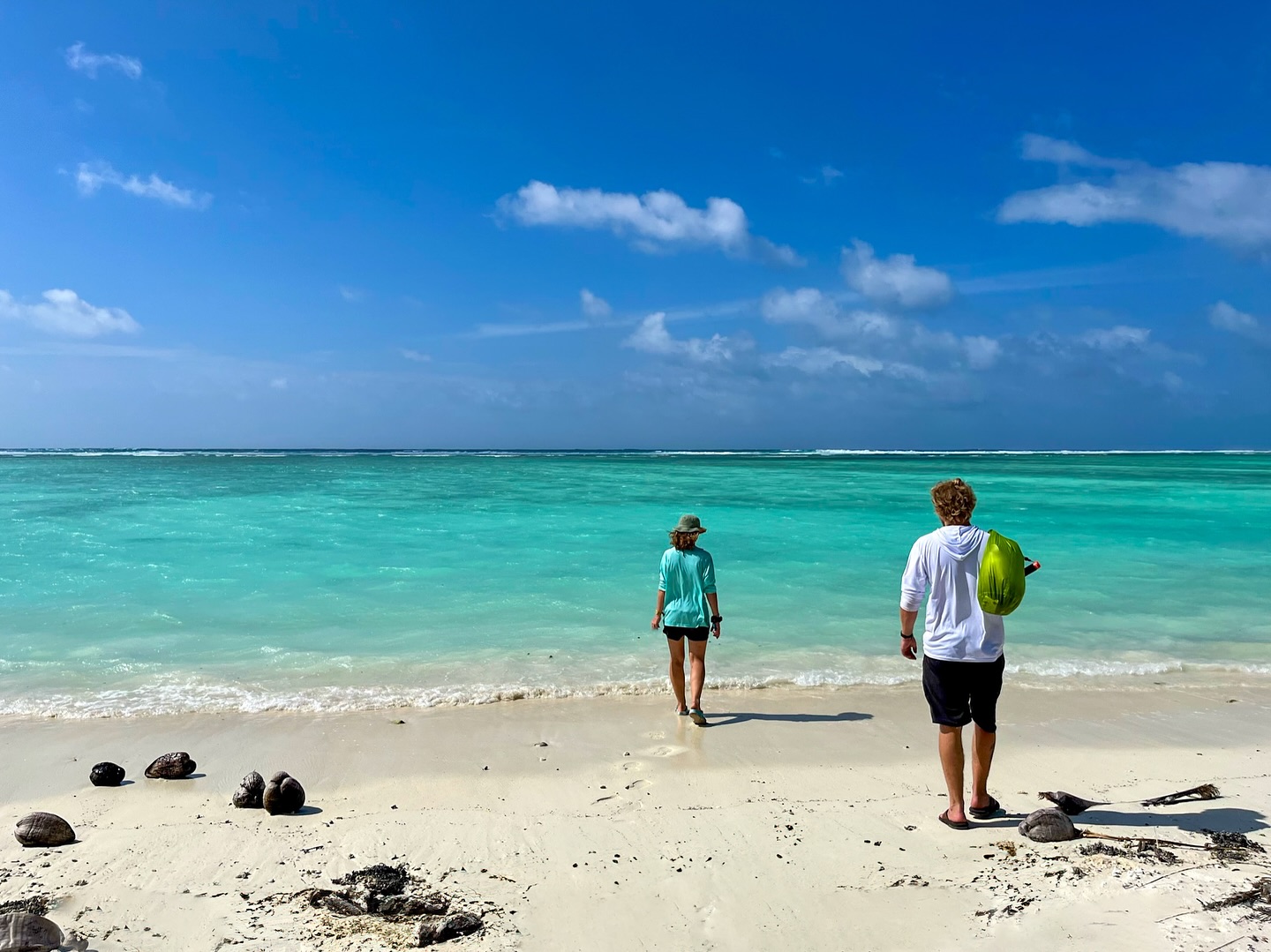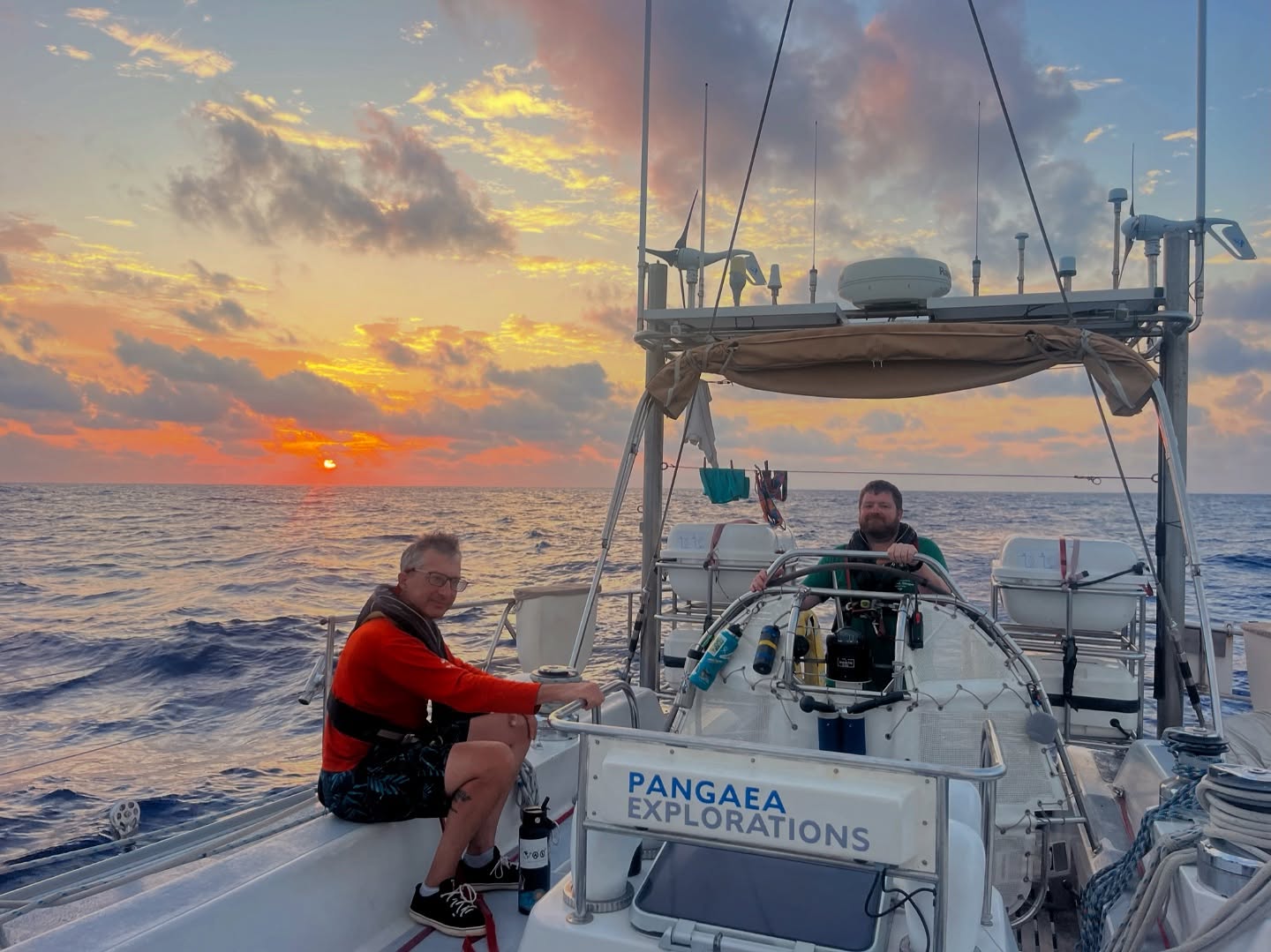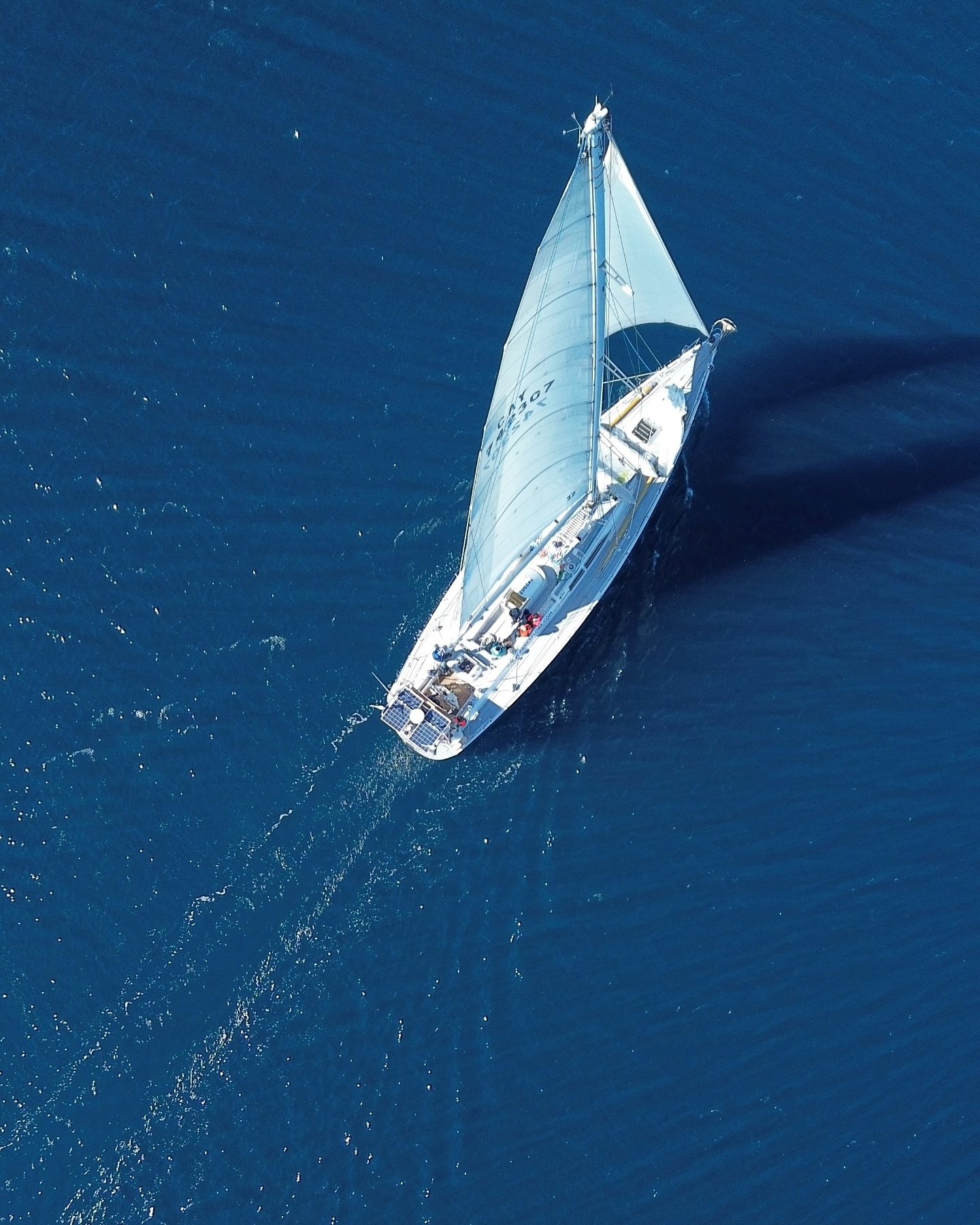Today is one of the toughest days of any expedition – just before we go. We are at maximum preparation intensity. The full team is there…physically at least. They are setting down, making home in a common space, orientating, figuring things out, thinking through all the decisions that led them to be there. Some do this for a living- skippers and expeditions leaders have a routine, a sequence they go through. For the rest it is the edge of a new world.
What is very much a part of today’s world is our massive dependence on electronics and technology. This morning, Expedition Dale Selvam landed in Rio on board an American Airlines 767 from Miami- its two engines pulling with 63,000 lbs of thrust each (enough to dead lift Sea Dragon on a vertical climb) and space flight avionics. In his bag are not ocean cartography or last minute instructions from a distant royal….but critical components for our shipboard generator. Despite our massive sailpower, and almost 800W of solar and wind power… we still depend on diesel powered generators to keep all things electronic running. All day long, non-stop Dale and team fit the new components, fire up and make sure we are again powered with the electrical blood of the 21st century- 6,000 watts of recharge capacity.
That’s good for Emily who is in a veritable street fight with our twin computers. The sea is definately not a friend to anything electrical. We had tried to use a “shock protected” standard laptop. 12 months of sea duty and the hard drive failed- ok some of that was a hurricane force crossing in the North Atlantic. A second machine had corrupted software – thank you thumb drive virus. So we now run exclusively on the hardened “Toughbooks”. Resetting these two machines that it takes to run Sea Dragon has been a 48 hour grind for Emily. Software license transfer, operating system recovery, downloading several GB of new software charts, setting up the XGate interfaces for our satellite communications- and worst of all getting the right drivers in place. T-1, literally means less than 24 hours to departure, we did not have the crucial navigation interface up. We, Sea Dragon and her crew depend on advanced electronic navigation and weather software. The Toughbook 52 would not see the Leica GPS Satellite receiver, which meant the MaxSea navigation software had no position data. This all means we have no idea where we are. Its not quite that bad…we still carry rock solid paper charts for every location we sail….but…. At 2230 Rio time Emily sent through a wonderful email, full of emotion-
Message Detail
From:
Emily Penn (Add as Preferred Sender)
Date: Wed, Aug 25, 2010 7:00 pm
check us out in rio!
perseverance??
E
What E is saying is “Houston, we are go”. The satellite is now talking to the boat, which is playing nice with the computer…and now the skipper can run the computer navigation. Now that we can video navigate our way out to sea, Dale’s heavy lifting on the “gennie” is all the more relevant. Skipper Clive points us straight and true to a remote speck in the Atlantic (Ascension), Dale’s girl humms sweet power to the batteries, and E’s computers talk nice to outer space. The modern world is in order.
Now you can all see the two sides of this new world. More than once today I found myself pining for ancient days where “wooden boats and iron men went to sea”. We toughened up the ship, had a last round and meal ashore with the crew and shoved off. It was simple. You had no dependency on internet ether, software and the only interfaces you paid attention to were dock lines and the kinship of the crew…the real “software”. Problems were visible, tangible and…workable. But…you also headed out into the massive open sea pretty much blind.
The reason, despite all our grumbles, that we carry this technology is that it really does make a big, big difference in our work. MaxSea alone gives us an extraordinary capability to chart, plan, navigate and ultimately sail to the most remote areas on earth. More importantly, we can do it more reliably, safely and productively than ever before. The crew pulls down detailed 16 day weather forecasts which computers then take as wind, wave and current data to run scenarios against our actual boat. This gives the team a really good sense of the optimal route- allowing them both the smoothest possible run, and the most time to do our real mission work (hint- none of the above…). The team can also visualize subsurface terrain, navigate close in shore and constantly monitor progress. Leaving busy shipping and offshore oil areas like Rio, they interact real time with vessel traffic via a VHF transponder system called “AIS”. Sea Dragon looks every bit as large as a 400,000Tonne Ultra Large Crude Carrier tanker. This is a very good thing at 0200 crossing a busy shipping lane.
So this is our new, fast becoming, normal reality of high seas adventure. A deeply blended integration and dependence on technology. Carrying many times the power generation capacity and computing ability as an Apollo mission, the team is now ready to head out. We learn to sweat through the T-1 frustration and intangible challenges. However, we must never forget that this is nothing more than support work, what we must do to get on the real mission. The Point of what we do is to go out there, to the open, tangible, dynamic and very, very real ocean to do the work of conservation. All the tech, hardware, advanced materials, and other “stuff” exists for one single purpose. Take the team out there to do the mission. In our case this is Exploration, Conservation and Education. Our goal, the purpose of the flights, generators, satellites, and E’s email is a healthy, productive ocean. Keep that context clear in your mind and the pain of finding something called a “driver” is OK.
Ron































